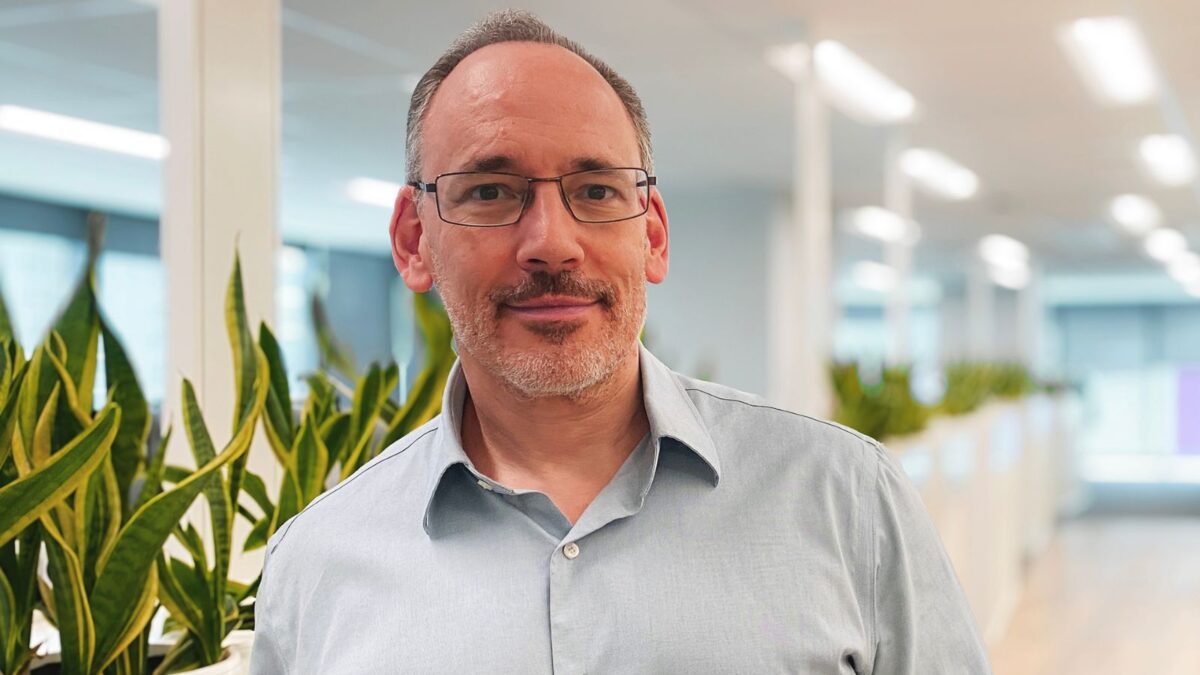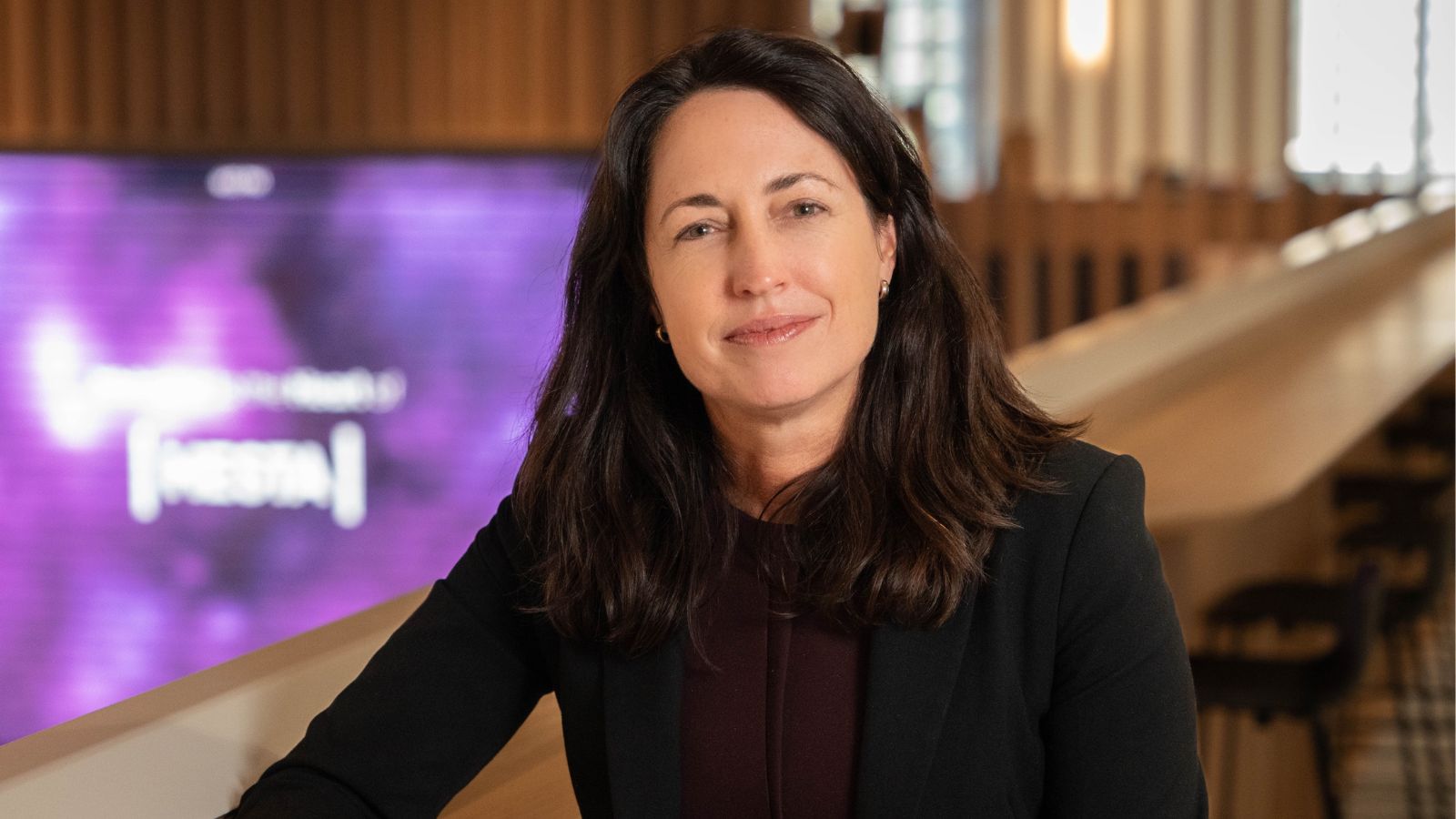Hotchkis & Wiley analysis offers a fresh perspective
With continued record-low interest rates and fair-to-full equity market valuations investors of all sizes are in a quandary. One way to think of a solution is from a whole portfolio perspective rather than thinking about separate asset classes.
Hotchkis & Wiley Capital Management, the US-based global manager provided some insights on a trip by two of their portfolio managers to Australia this month. The two strategies they were speaking to clients and consultants about have a lot in common – global value equities and global high-yield bonds.
The portfolio managers, Mark Hudoff and Patrick Meegan, are part of the firm’s senior investment team, working across both the high-yield and global value equity strategies, with a total of 27 analysts.
Hudoff was head of high-yield at PIMCO before joining Hotchkis & Wiley in 2009. Meegan joined the firm in 1998 as a portfolio manager. Both also work together on the firm’s “capital income” fund, which blends high yield and equity investments.
Combining the analyses of companies’ stocks and debt can provide investors with, possibly, a new perspective. It’s all about the fundamental attributes and prospects of the company being analysed. What type of security it is – stock or bond – comes in at the portfolio construction stage.
Meegan says, however, in equities markets there is more time to make a decision and to realize its benefits. Debt markets tend to be more “transaction led”.
On the issue of whether an analyst can do both, Hudoff says: “I bristle after working in a credit shop [PIMCO is the world’s largest bond manager] when I’m asked that question. I think a ‘value guy’ can better assess credit than a ‘growth guy’… At Hotchkis & Wiley, the important thing we do is work out the value of the enterprise.”
The firm, which was founded in 1980 and has about US$30 billion under management, offers 11 strategies and mutual funds in the US to institutional and retail investors. In Australia it is represented by Axius Partners, which is concentrating on the global value and high-yield strategies, according to John Maragiannis, Axius co-managing director.
The global value fund uses the Russell Developed Markets Index as its primary benchmark and the high-yield fund uses the BofAML US High yield Index. The five-year annual return for the global value fund, to December 2016, was 15.0 per cent compared with a return of 11.4 per cent for the benchmark, while the five year return for the high-yield fund was 8.3 per cent, compared with a benchmark return of 7.4 per cent.
Hudoff said: “Most of the risk for us lies in the things we can’t possibly know about.”
Last year, the high-yield fund delivered a 16.4 per cent return. “That’s an astonishingly big number,” Hudoff said. “Will we repeat it [this year]? No, I don’t think so. Frankly I like equities over high yield right now.”
The Hotchkis & Wiley global value fund also delivered a big number last year – 17.8 per cent. But, as we are constantly reminded, past performance is no guide to future performance.









